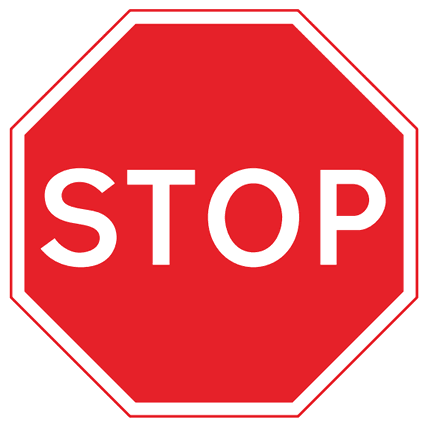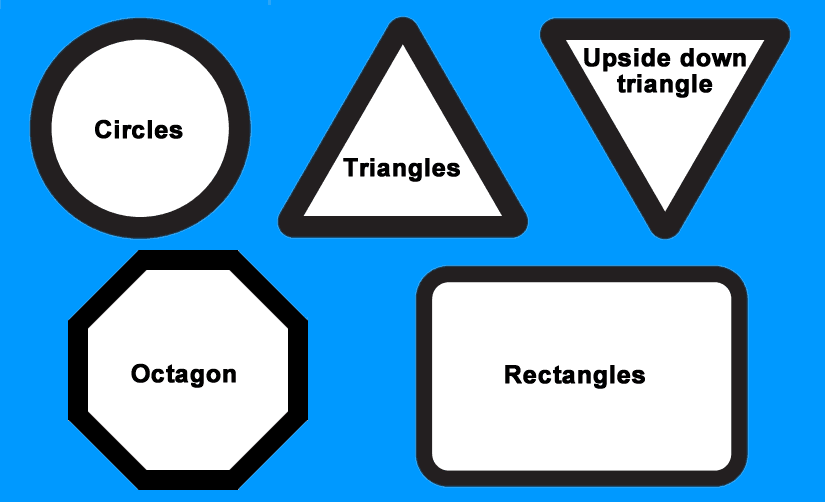The UK road signing system is made easier to understand by the use of road sign shapes. The primary function of a road sign is dictated by its shape and the secondary function can be dictated by its colour. Let’s take a look at the three main road sign shapes and their meanings.
Circle Road Sign Meaning
Most circular road signs are regulatory, meaning that they are giving orders and that it would be illegal to disobey them. While driving, the most common circular road sign that you’ll see is a sign with a red ring.
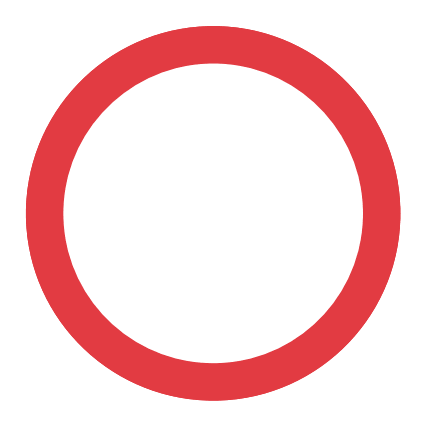
Circular road signs with a red ring provide road users with mandatory instructions on what they must not do. For example; you must not exceed the speed limit shown, you must not overtake etc.
One of the less common circular road signs are those that are coloured blue. Blue circular road signs are mandatory and provide road users with instructions on what they must do.
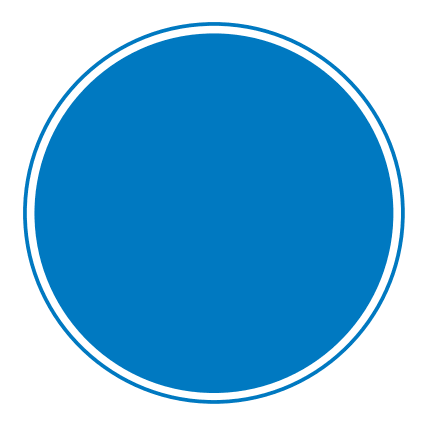
For example, a blue circular road sign informs drivers of positive instruction that they must do at least the minimum speed displayed on the sign, or that you must turn left ahead.
Triangle Road Signs Meaning
Triangular road signs are used to provide road users with a warning. Triangular road signs have a red border used to highlight that a hazard or danger is ahead.
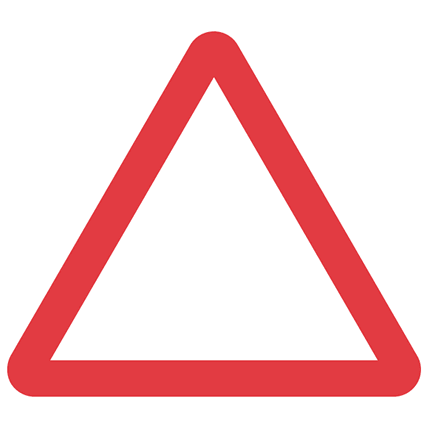
Triangular road signs provide road users with warnings and potential hazards ahead such as; junctions, roundabouts, traffic lights or anything that may be deemed a possible hazard.
Rectangle Road Signs Meaning
Rectangular road signs are used to provide road users with information or directions. Triangular road signs have a red border used to highlight that a hazard or danger is ahead. Unlike the regular sizes of most circular and triangular road signs, rectangular road signs vary in size depending on the amount of information contained.
Rectangular road signs can also contain other signs such as the circular regulatory and triangular warning signs. Rectangular road signs vary in colour based on the information that they provide and the type of road that they are on.
Blue Rectangle Road Signs
Blue rectangular road signs provide road users with information such as bus and cycle lane information, except on motorways where blue rectangular signs are used for directions.
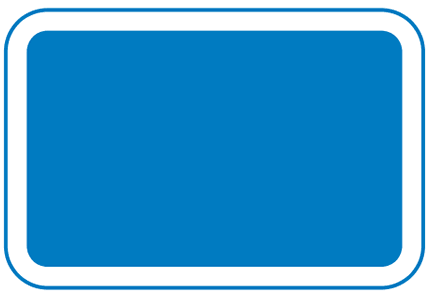
Green Rectangle Road Signs
Green rectangular road signs are used for providing road users with directions on primary routes such as dual carriageways. As well as containing circular regulatory and triangular warning signs, green rectangle signs may also contain a blue sign if the route is directed towards a motorway.
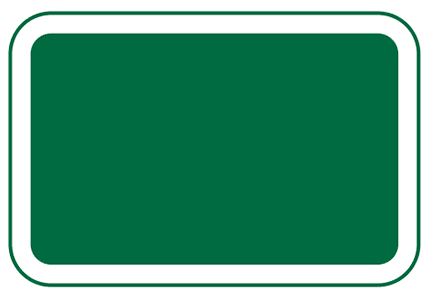
White Rectangle Road Signs
White rectangular road signs are used for providing road users with directions on non-primary routes. Non-primary routes are often called ‘B’ roads, local (residential) roads, country roads etc.
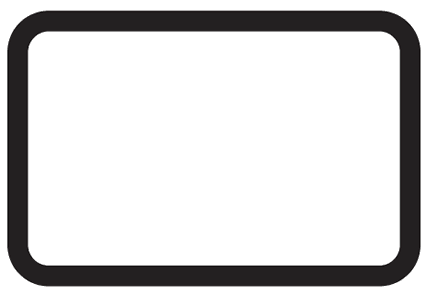
An additional use of white rectangular road signs is to provide additional information in a combination with either circular regulation signs or triangular warning signs.
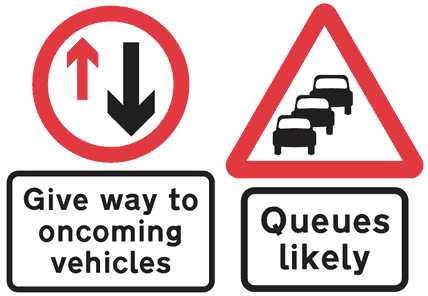
Brown Rectangle Road Signs
Brown rectangular road signs are used for providing road users with information on tourist destinations such as museums and zoos. The brown tourist signs may be displayed on separate signs or integrated into other direction signs such as blue, green and white rectangular signs.
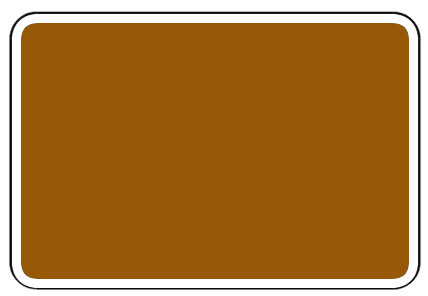
Yellow Rectangle Road Signs
Yellow rectangular road signs are primarily used at roadworks. They are often temporary and provide road users with directions for diversions and lane closures.
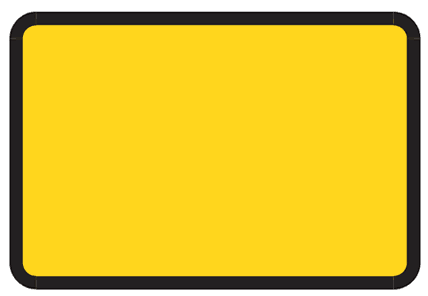
Road Sign Shape Exceptions
While circles, triangle and rectangles are common road sign shapes, there are two exceptions. These two signs are the Give Way sign and the STOP sign.
Give Way Road Sign Shape
The shape of the Give Way sign is an inverted triangle, or upside down triangle. The Give Way sign probably the most common sign you’ll see on UK roads and is located in areas where high accident rates occur – junctions. The reason that the Give Way road sign is an upside down triangle is to make it more noticeable from other signs.
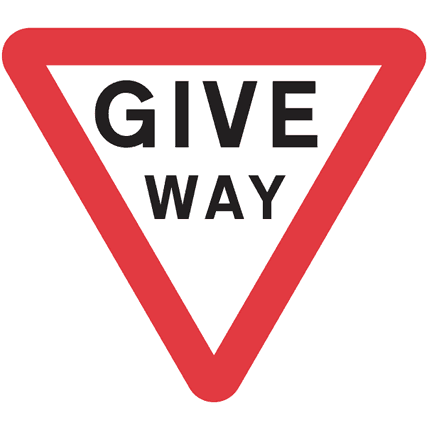
STOP Road Sign Shape
The STOP road sign is a unique octagon shape. STOP road signs are located at hazardous junctions and because of this, where STOP signs and STOP lines are located, it’s mandatory that drivers must stop before proceeding across the line.
